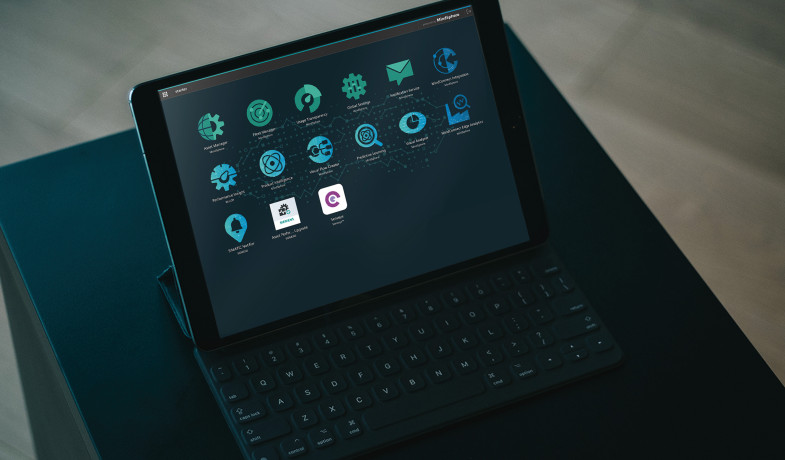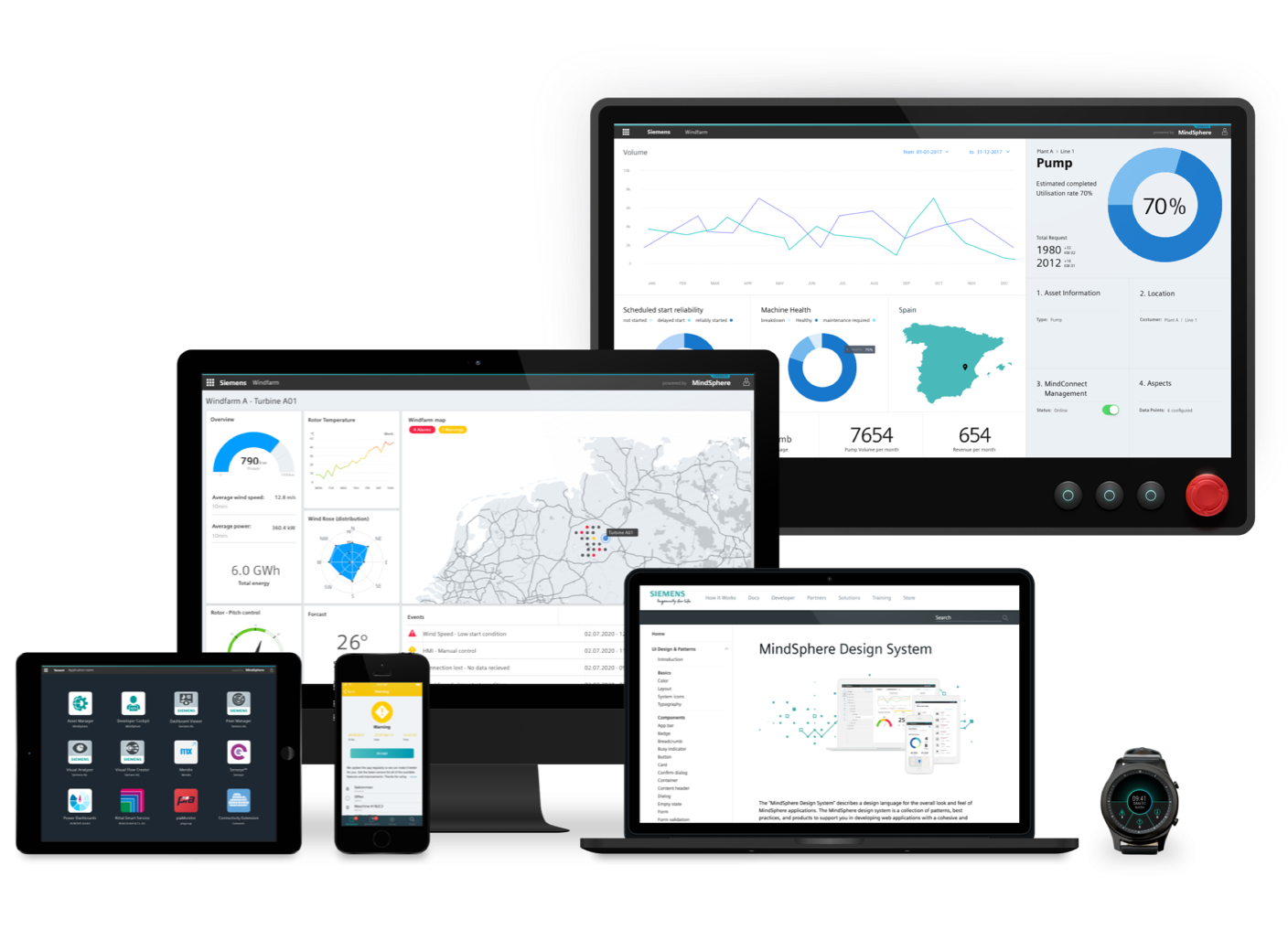What are the advantages of a design system?
Improve user experience
The holistic experience of a digital system is the prerequisite for a positive user experience. If all components and pages are coherent and logically built on top of each other, the joy of operating your system will increase.
Save costs
Thanks to a design system, UI and UX design can be easily transferred and costs can be massively reduced. Whether you want to scale your software, integrate new features or apply a design to different types of machines.
Create a consistent brand experience
A design system describes rules for all your digital systems with which your customers and users come into contact. No matter how complex your system landscape is - with a consistently applied design system you can ensure a convincing brand experience.
Optimize collaboration
A design system is the most efficient way of delivery. The most efficient way is the delivery of fully implemented building blocks that developers can use directly.
Optimize processes
There are no frictional losses between the individual project steps (such as conception and design). The onboarding of new team members is simplified thanks to standards and defined processes.
Sustainable design
Existing libraries can be continuously expanded and are always an up-to-date basis for all team members.
Increase quality
A documentation is standard and always up-to-date. Thanks to versioning, designers and developers, for example, always have access to the same, up-to-date status. This results in clarity and consistency, producing a high level of quality.
Be open to new technologies
A design system functions independently of the technology, depending on the expansion stage. So you are technologically independent and can concentrate on innovations.





